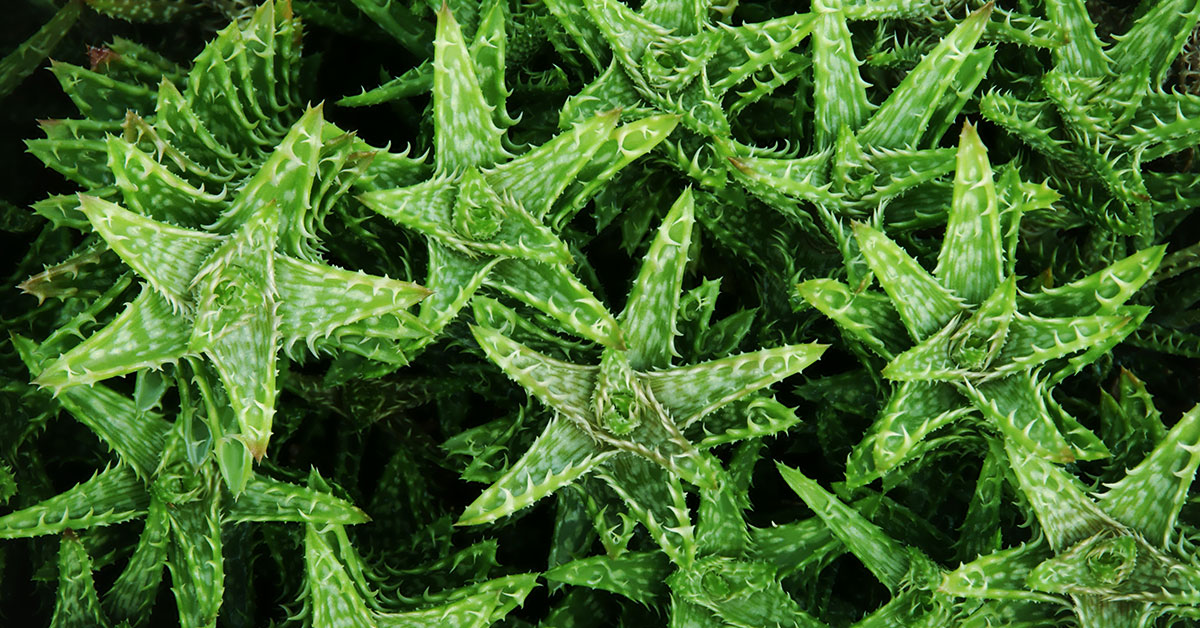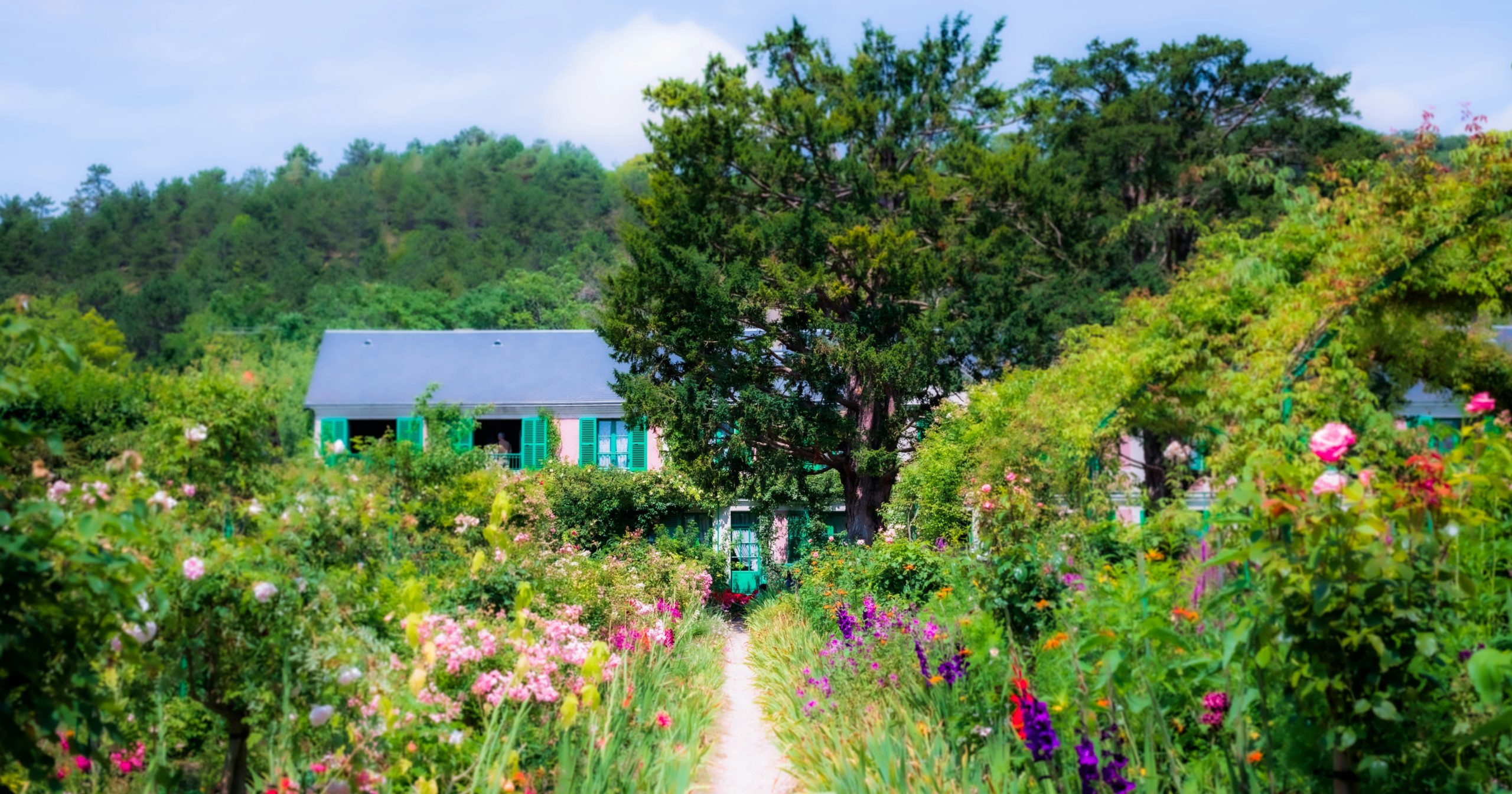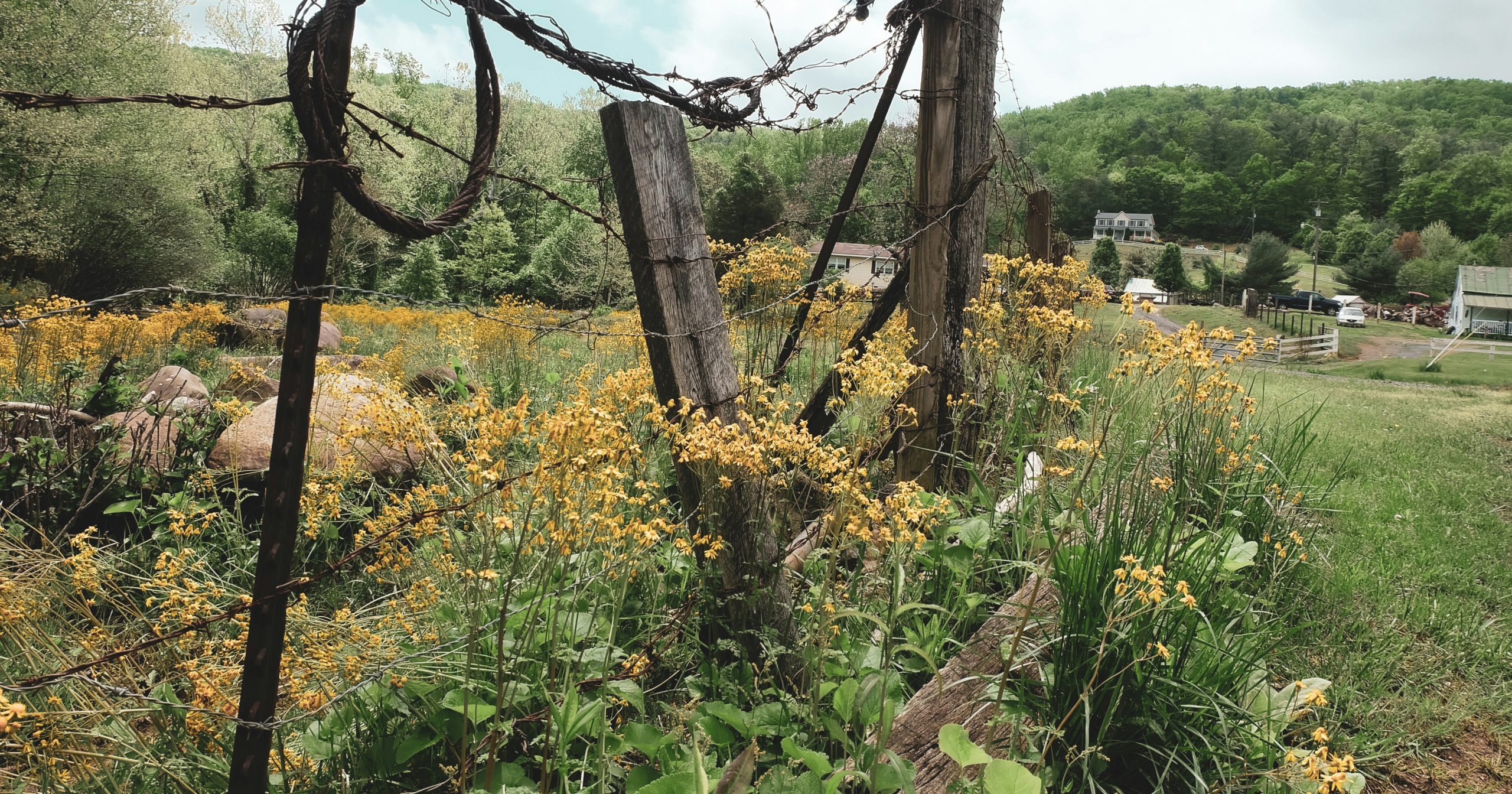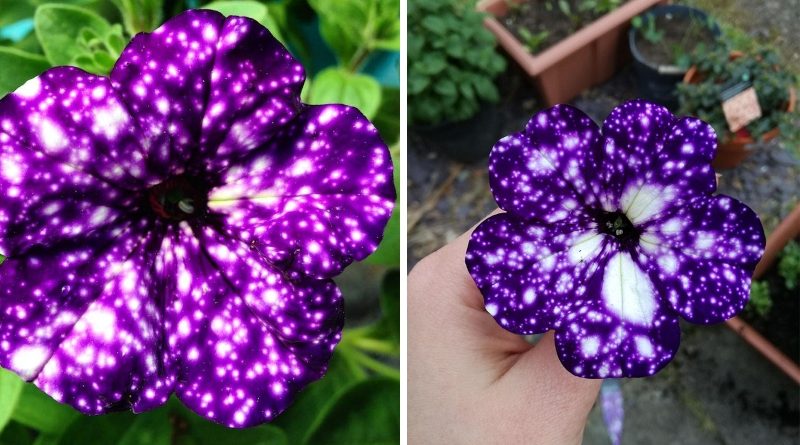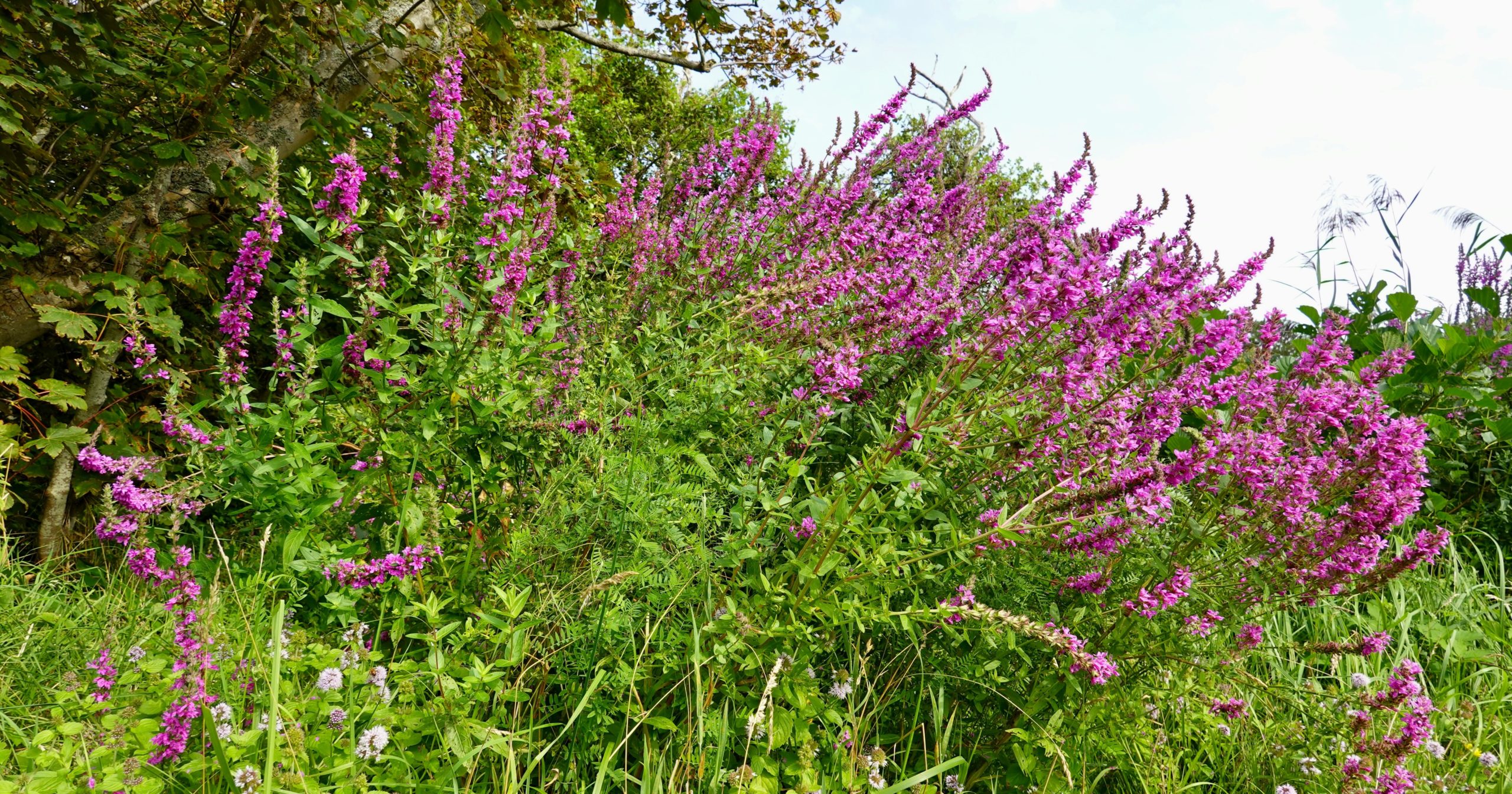Creating a Victorian garden is like stepping back in time to an era of elegance and romance. These gardens are known for their lush, vibrant displays of flowers, often arranged in intricate designs that reflect the period’s love for beauty and detail. By choosing the right flowers, you can recreate the charm and sophistication of a historic Victorian garden in your own outdoor space.
In this article, I’ll introduce you to twelve classic flowers that were popular during the Victorian era. Each of these flowers brings its unique charm and elegance, helping you to design a garden that evokes the timeless beauty of the 19th century. Let’s explore these enchanting plants and see how they can transform your garden into a historic haven!
Hollyhock
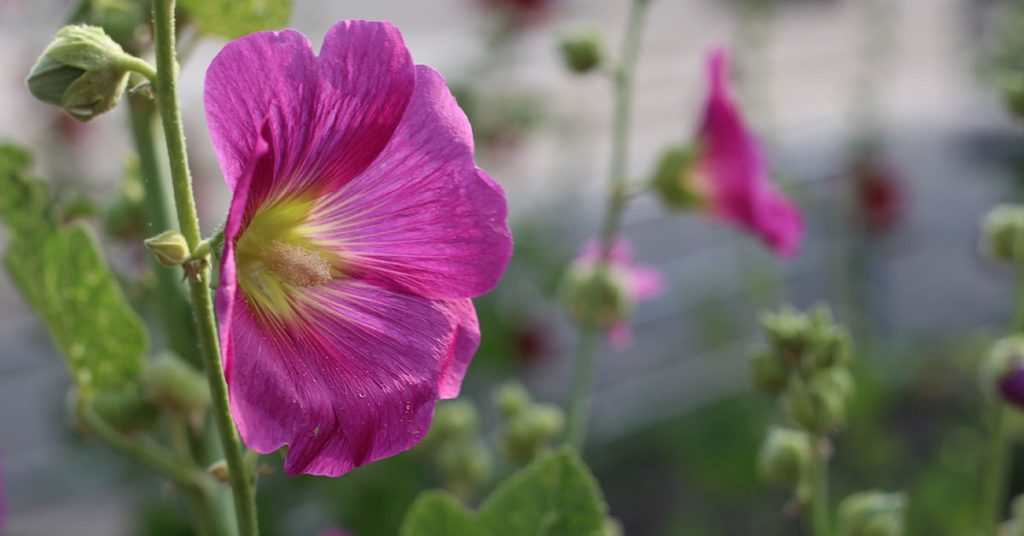
Hollyhocks (Alcea rosea) are tall, stately flowers that were a staple in Victorian gardens. Native to Asia and Europe, these biennials can reach heights of up to 8 feet and produce large, showy blooms in a variety of colors, including pink, red, white, and yellow. Hollyhocks thrive in full sun and well-drained soil, making them an excellent choice for the back of borders or along fences.
One of the reasons I love hollyhocks is their ability to add dramatic height and a vertical element to the garden. Their towering flower spikes create a stunning backdrop for shorter plants and add a sense of grandeur. Hollyhocks also attract pollinators like bees and butterflies, enhancing the garden’s ecological value. Their old-world charm and striking appearance make them a perfect addition to any Victorian-inspired garden.
Delphinium
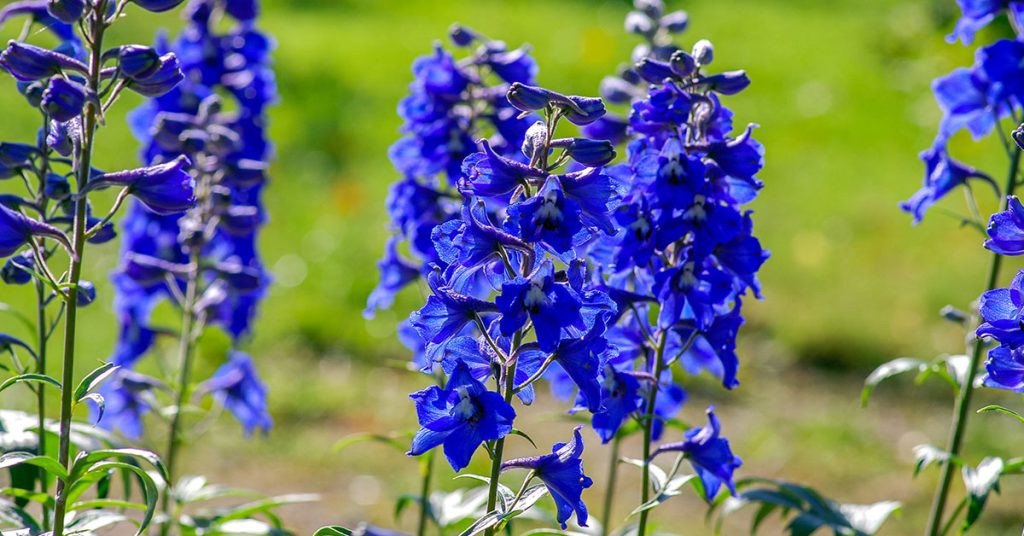
Delphiniums are another classic Victorian garden flower, known for their tall spires of densely packed blossoms. Native to the Northern Hemisphere, these perennials thrive in full sun and well-drained soil. Delphiniums come in various shades of blue, purple, pink, and white, and they can reach heights of up to 6 feet.
What I find enchanting about delphiniums is their stunning vertical presence and vibrant colors. They are perfect for creating focal points in the garden or adding height to borders. Delphiniums are also beloved by pollinators, making them a valuable addition to any garden. Their elegant flower spikes bring a touch of sophistication and historic charm to Victorian-themed landscapes.
Peony
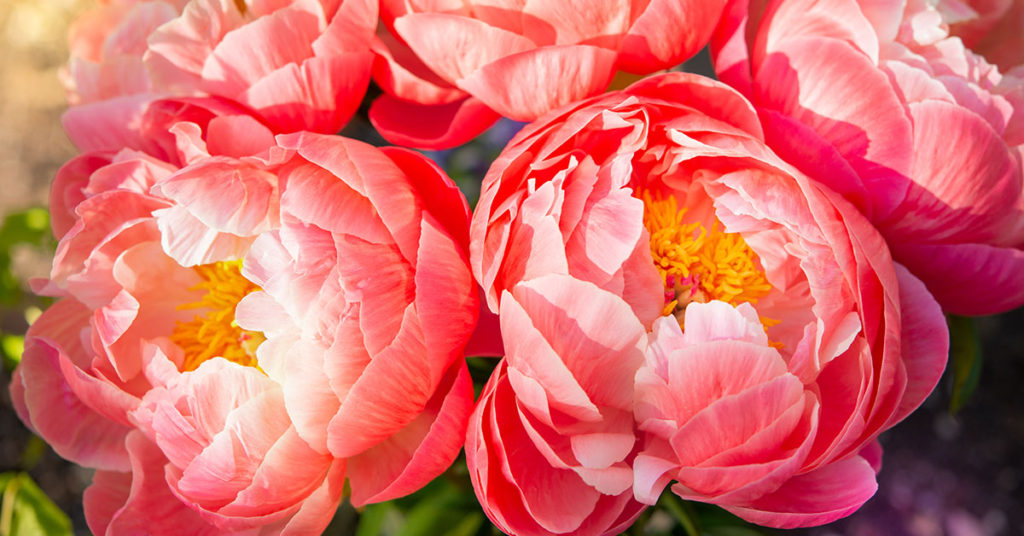
Peonies (Paeonia spp.) are cherished for their lush, full blooms and captivating fragrance. Native to Asia, Europe, and Western North America, peonies thrive in well-drained soil and full sun. These perennials produce large, ruffled flowers in various shades of pink, white, and red, adding a romantic touch to any garden.
One of the reasons I adore peonies is their long lifespan; with proper care, they can bloom beautifully for decades! Peonies also make excellent cut flowers, allowing you to bring their romantic charm indoors. Planting peonies in your garden ensures a stunning display each spring, creating a focal point that draws admiration and complements other Victorian-era plants.
Sweet Pea
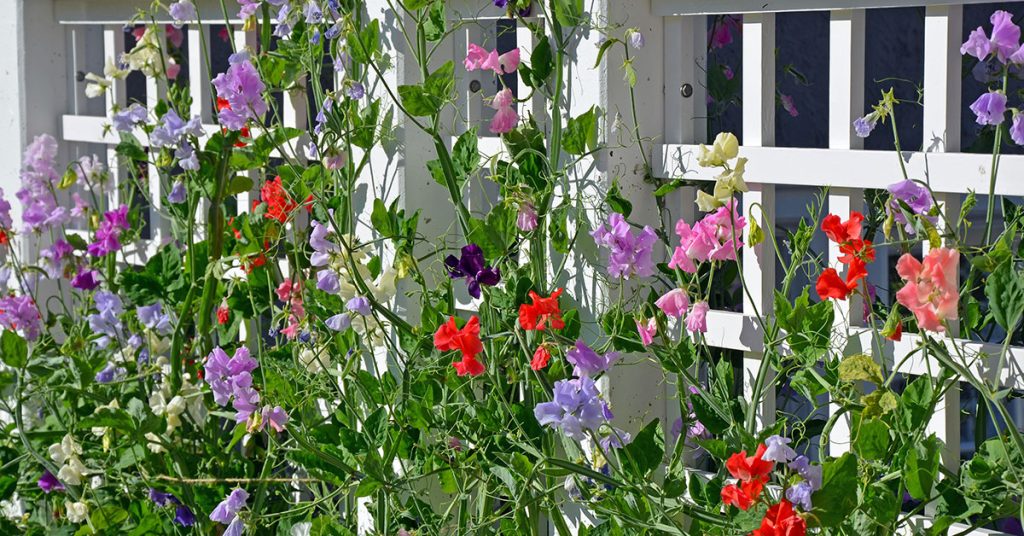
Sweet Peas (Lathyrus odoratus) are delightful annual vines known for their delicate, fragrant flowers. Native to the Mediterranean region, these plants thrive in full sun and well-drained soil. Sweet Peas produce clusters of blossoms in a wide range of colors, including pink, purple, white, and red, and they bloom from late spring to early summer.
What I love about Sweet Peas is their intoxicating fragrance and ability to climb trellises, fences, or arbors. They are perfect for adding vertical interest and a sweet scent to your garden. Sweet Peas are also excellent cut flowers, bringing their charming beauty indoors. Their old-fashioned appeal and delightful aroma make them a must-have for any Victorian-inspired garden.
Foxglove
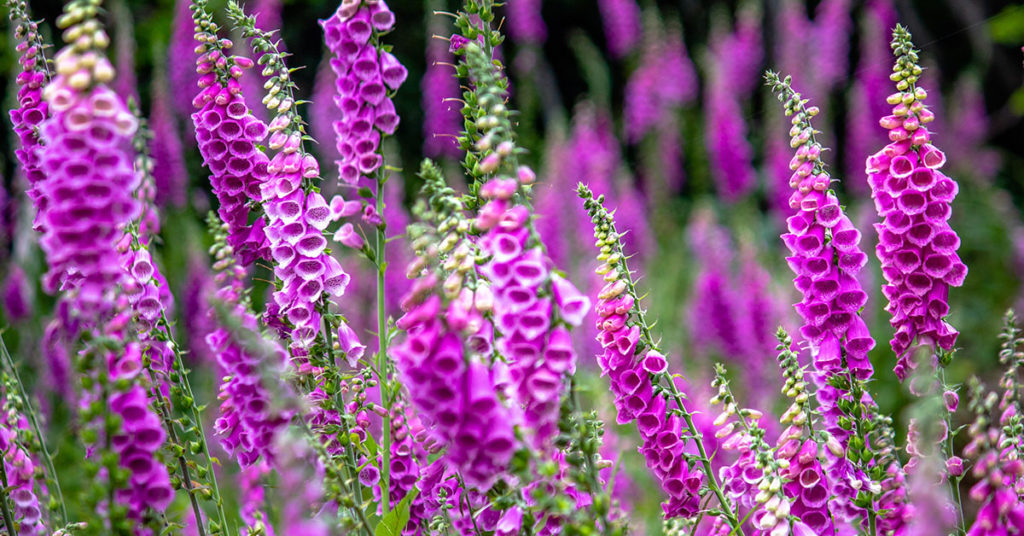
Foxgloves (Digitalis purpurea) are tall, stately flowers that add a touch of elegance and drama to any garden. Native to Europe, Western Asia, and Northwestern Africa, foxgloves thrive in partial shade and well-drained soil. Their tubular flowers, which can be pink, purple, white, or yellow, grow on tall spikes and attract pollinators like bees and hummingbirds.
One of my favorite things about foxgloves is their striking vertical presence in the garden. They are perfect for adding height and structure to borders and mixed plantings. However, it’s important to note that all parts of the foxglove plant are toxic if ingested, so they should be planted with care, especially in gardens frequented by children and pets. Despite this, their beauty and charm make them a standout choice for a Victorian garden.
Primrose
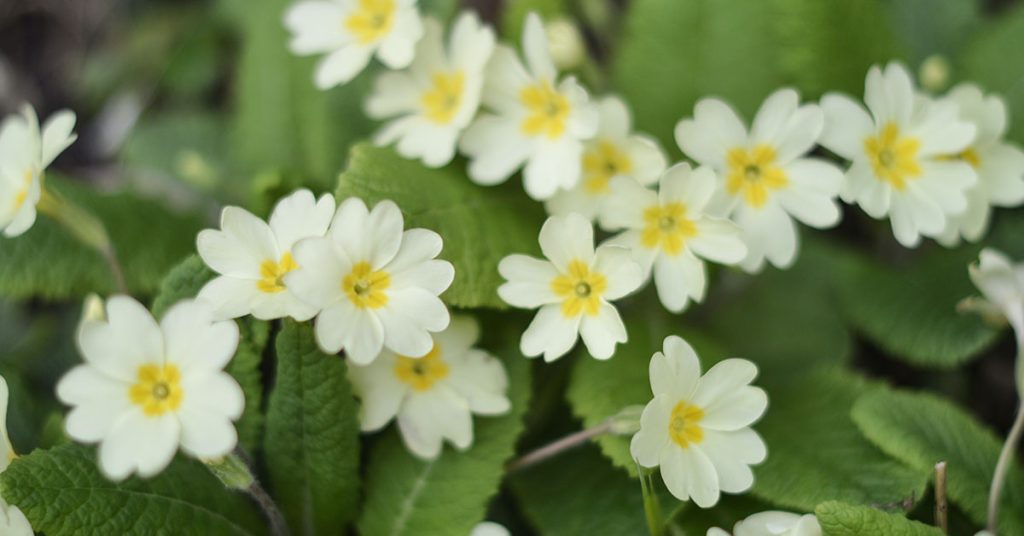
Primroses (Primula spp.) are charming perennials known for their early spring blooms and wide range of colors. Native to temperate regions of the Northern Hemisphere, these plants thrive in partial shade and moist, well-drained soil. Primroses produce clusters of flowers in shades of yellow, pink, purple, red, and white, creating a cheerful display.
What I find enchanting about primroses is their ability to brighten up the garden after a long winter. They are perfect for borders, rock gardens, or woodland settings. Primroses also attract pollinators and are relatively low maintenance, making them an excellent choice for Victorian gardens. Their delicate blooms and vibrant colors add a touch of historic charm and beauty to any garden.
Bleeding Heart
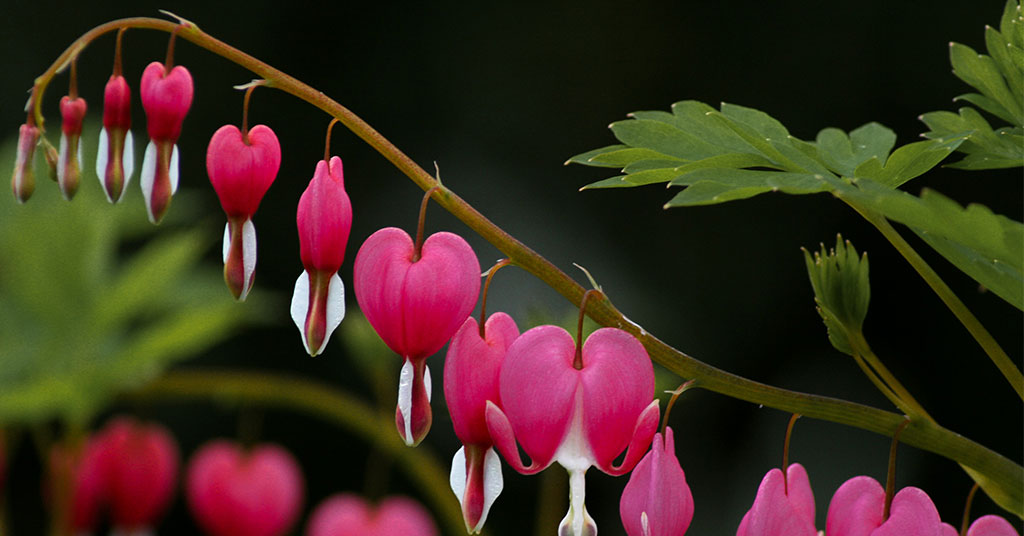
Bleeding Hearts (Dicentra spectabilis) are charming perennials known for their heart-shaped flowers that dangle gracefully from arching stems. Native to Eastern Asia and North America, these plants thrive in shady, woodland environments with moist, well-drained soil. Their flowers, typically pink or white, appear in early spring and add a delicate, romantic touch to the garden.
I adore Bleeding Hearts for their unique and whimsical appearance. They are perfect for shaded borders, woodland gardens, or as understory plants. Once established, Bleeding Hearts require minimal care and can live for many years, providing consistent beauty each spring. Their delicate blooms and fern-like foliage make them a delightful addition to any Victorian garden.
Lily of the Valley
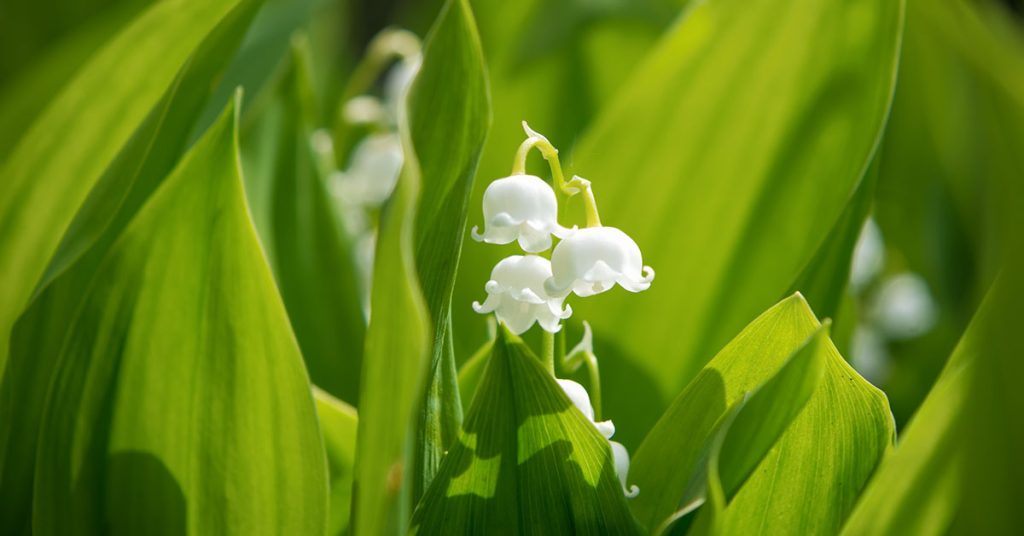
Lily of the Valley (Convallaria majalis) is a fragrant perennial known for its delicate, bell-shaped white flowers. Native to Europe and Asia, this plant thrives in partial to full shade and moist, well-drained soil. Lily of the Valley blooms in late spring, creating a carpet of tiny, nodding blossoms that emit a sweet, enchanting fragrance.
One of the reasons I love Lily of the Valley is its ability to naturalize and spread, creating a lush groundcover in shady areas. It’s perfect for woodland gardens, shaded borders, or as an underplanting for shrubs and trees. Lily of the Valley’s charming flowers and delightful scent add a touch of historic elegance to any garden. However, it’s important to note that all parts of the plant are toxic if ingested.
Rose
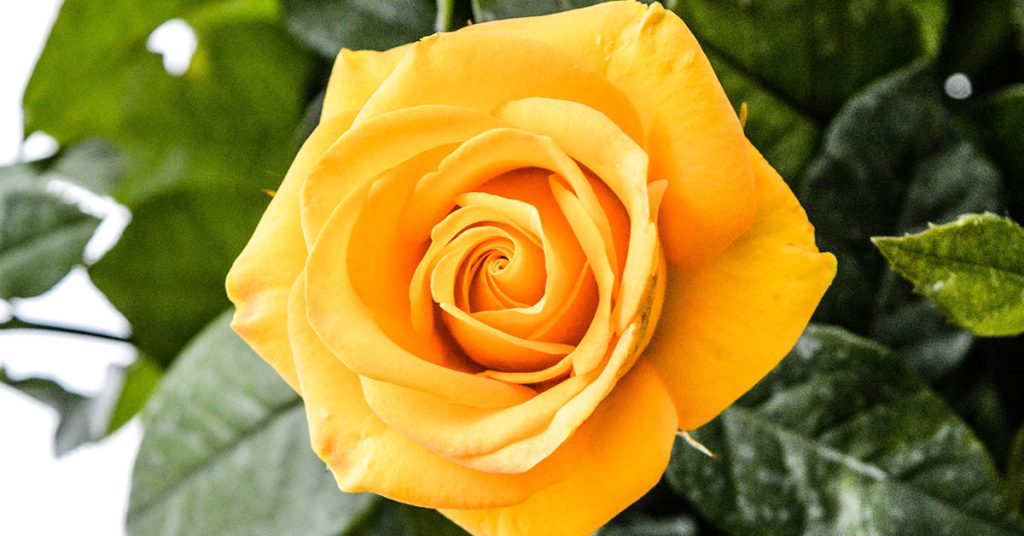
Roses (Rosa spp.) are the quintessential symbol of love and romance, and their pink varieties are particularly enchanting. Native to various regions, including Asia, Europe, North America, and Northwestern Africa, roses thrive in well-drained soil and full sun. Pink roses come in many shades and forms, from pale blush to deep magenta, and their fragrant blooms add a touch of elegance to any garden.
Growing roses can be a rewarding experience, and I love how versatile they are in garden design. They can be used in borders, hedges, or as focal points in mixed plantings. With proper care, roses can bloom repeatedly throughout the growing season, providing continuous beauty and fragrance. Their timeless appeal makes pink roses an essential addition to any Victorian garden.
Violet
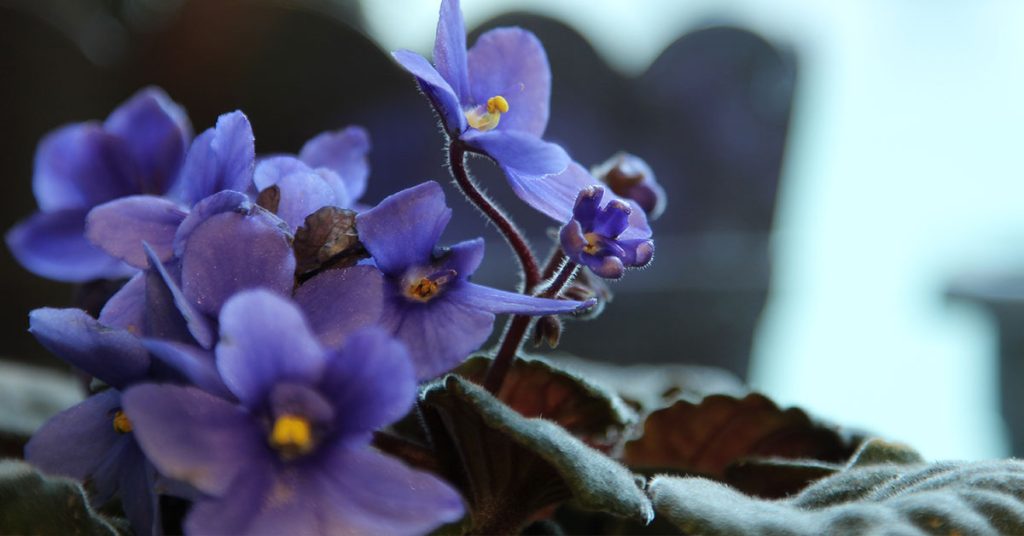
Violets (Viola odorata) are small, fragrant perennials known for their charming purple or blue flowers. Native to Europe and Asia, these plants thrive in partial shade and moist, well-drained soil. Violets bloom in early spring, adding a touch of delicate beauty to the garden with their sweetly scented blossoms.
What I find enchanting about violets is their ability to naturalize and spread, creating a lovely groundcover in shaded areas. They are perfect for woodland gardens, shaded borders, or as an underplanting for shrubs and trees. Violets’ charming flowers and delightful fragrance add a touch of historic elegance to any garden, making them a delightful addition to Victorian-themed landscapes.
Pansy
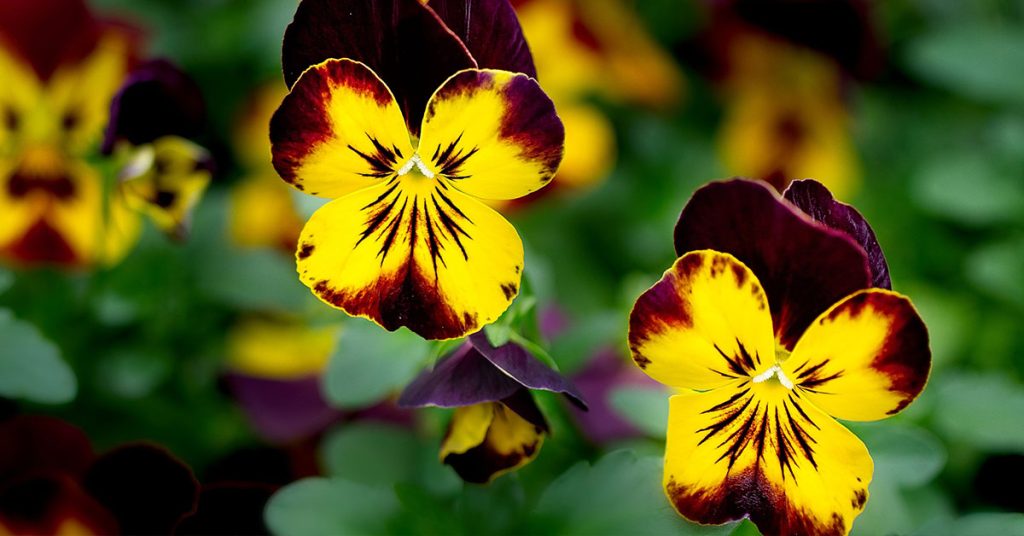
Pansies (Viola tricolor var. hortensis) are cheerful annuals known for their colorful, face-like blooms. Native to Europe and Western Asia, these plants thrive in cool weather and well-drained soil. Pansies come in a wide range of colors, including purple, yellow, blue, red, and white, and they bloom from spring to early summer.
One of the reasons I adore pansies is their vibrant colors and charming appearance. They are perfect for borders, containers, or as bedding plants. Pansies are relatively low maintenance and can add a burst of color to the garden during cooler months. Their bright, cheerful flowers and wide range of colors make them a delightful addition to any Victorian garden.
Carnation

Carnations (Dianthus caryophyllus) are classic flowers known for their spicy fragrance and frilled petals. Native to the Mediterranean region, these perennials thrive in full sun and well-drained soil. Carnations come in various shades of pink, red, white, and yellow, and they bloom from late spring to early summer.
What I love about carnations is their long-lasting blooms and delightful scent. They are perfect for borders, rock gardens, or as cut flowers. Carnations are relatively low maintenance and can add a touch of elegance and historic charm to any garden. Their frilled petals and sweet fragrance make them a beautiful and timeless addition to Victorian-themed landscapes.



